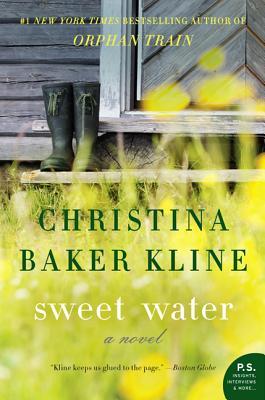Published by William Morrow ISBN 979-0-06-235731-1
Trade paperback, $12.99, 286 pages
For those of you following along, you know that bookclubgirl is hosting a Summer of Agatha Christie, culminating with the publication of a new Hercule Poirot mystery by Sophie Hannah, The Monogram Murders, publishing in October.
We are on book number three, After the Funeral, which I enjoyed thoroughly. On September 2nd, bookclubgirl will post some discussion questions, so feel free to join in the fun.
After the Funeral begins with Mr. Entwhistle, a lawyer attending a funeral for one of his oldest clients and friends, Richard Abernethie. Mr. Abernethie ran a successful family business and with the death of only son occurring years earlier, the heirs to the family money include Richard's hypochondriac brother Timothy, his sister Cora, whom no one has seen in twenty years after she married a man considered 'unsuitable', nieces Susan, a businesswoman, Rosamund, an actress, and nephew George, in finance.
At the home after the funeral, Cora carelessly tosses off a comment about Richard being murdered. Most of the family chalked it up to Cora just stirring up the pot, as she is wont to do. But the next day, Cora is brutally murdered in her home, and now Mr. Entwhistle is concerned that perhaps Richard was murdered.
He goes to Hercule Poirot to investigate and find out if Richard was murdered and who killed Cora. I found it amusing when Poirot turns to Mr. Goby, a man "famous for the acquiring of information." Goby calls government snooping "God's gift to investigators." Given what we know about the NSA, one could infer that government's spying on their citizens is a time- honored practice.
The family members all have money issues: Timothy hasn't worked due to his "illnesses", and his house and car are falling apart. Susan wishes to buy a pharmacy for her husband. Rosamund wants to use the money to support her and her husband's dreams of staging a play. George apparently has a gambling problem and has been using clients' funds to cover his losses.
They all have motives for wanting the money, and Poirot discovers that many of them had opportunity as well. It's great fun following the clues and trying to put the puzzle pieces together to discover the murderer. (I confess that I was wrong.)
It's interesting that Poirot does not dominate the story. He comes into the story late and stays in the background for the most part. In today's mystery/thriller series books, the protagonist (a cop, investigator, medical examiner) tends to dominate the stories of the books, with the crime relegated to equal or lesser plotlines.
I also found it interesting the lengths that people will go to when money is involved. Like government spying, greed appears to be something that has been with humans for a long time, and probably will be for a long time to come.
Now that I have read three Agatha Christie novels, two of them featuring M. Poirot, I'm curious to read Sophie Hannah's take on the iconic character in The Monogram Murders.
rating 5 of 5
My review of And Then Were None is here.
My review of Dead Man's Folly is here.





